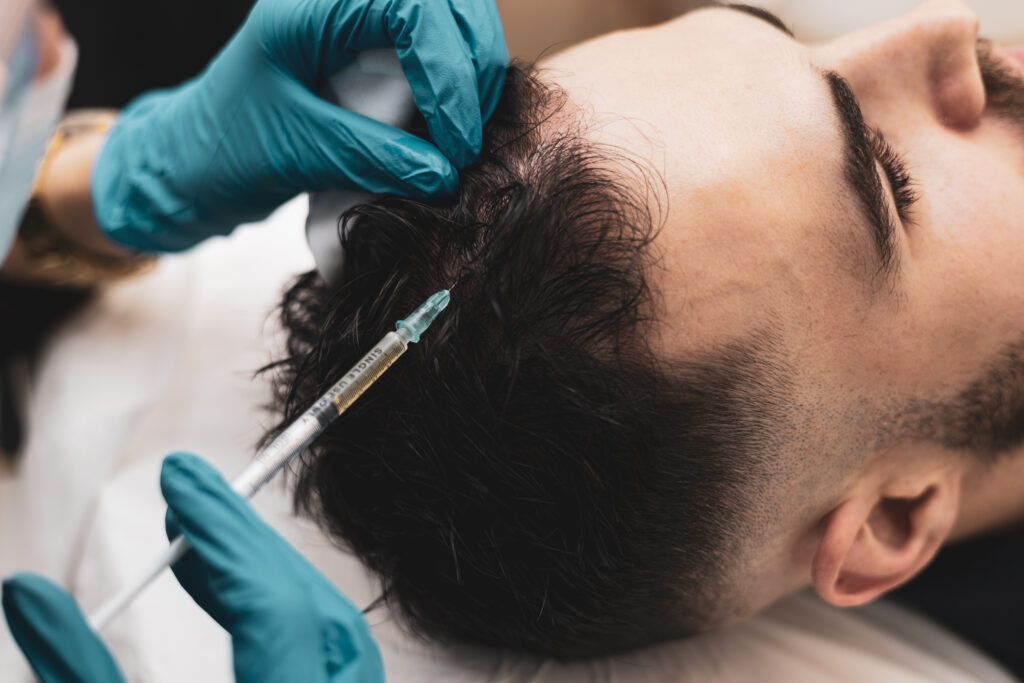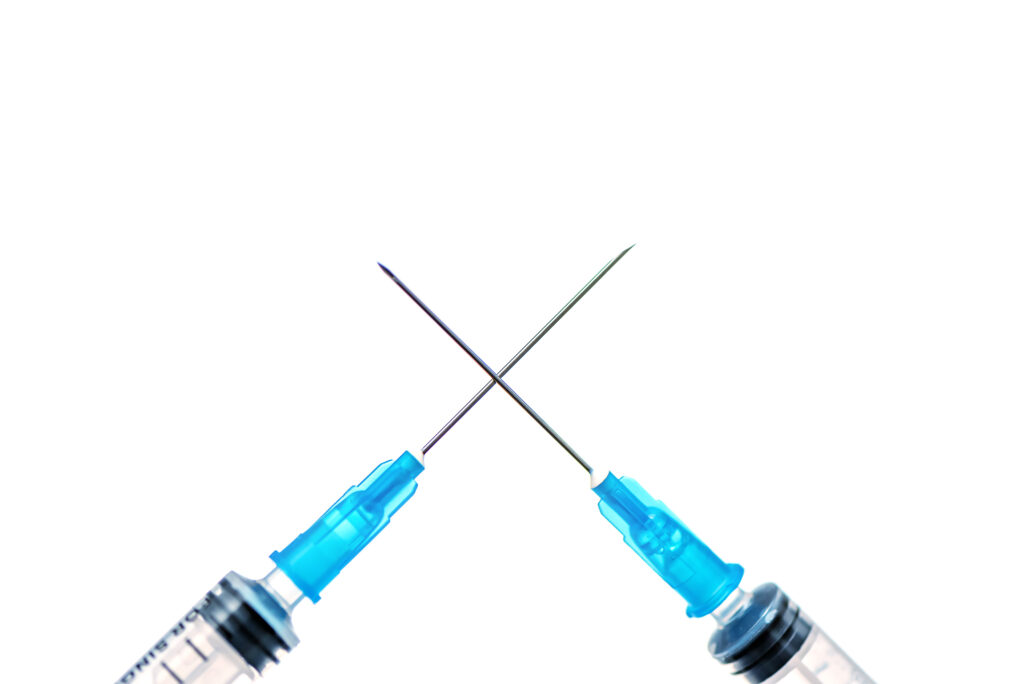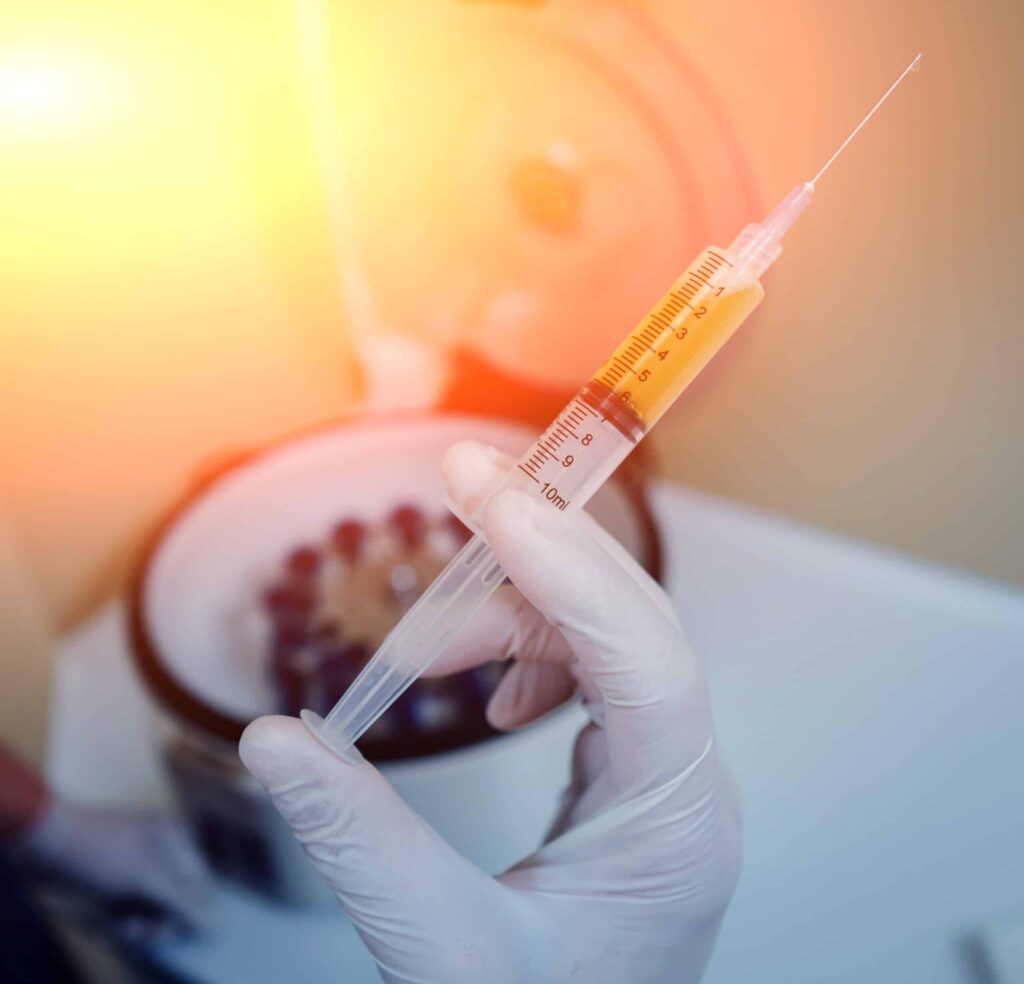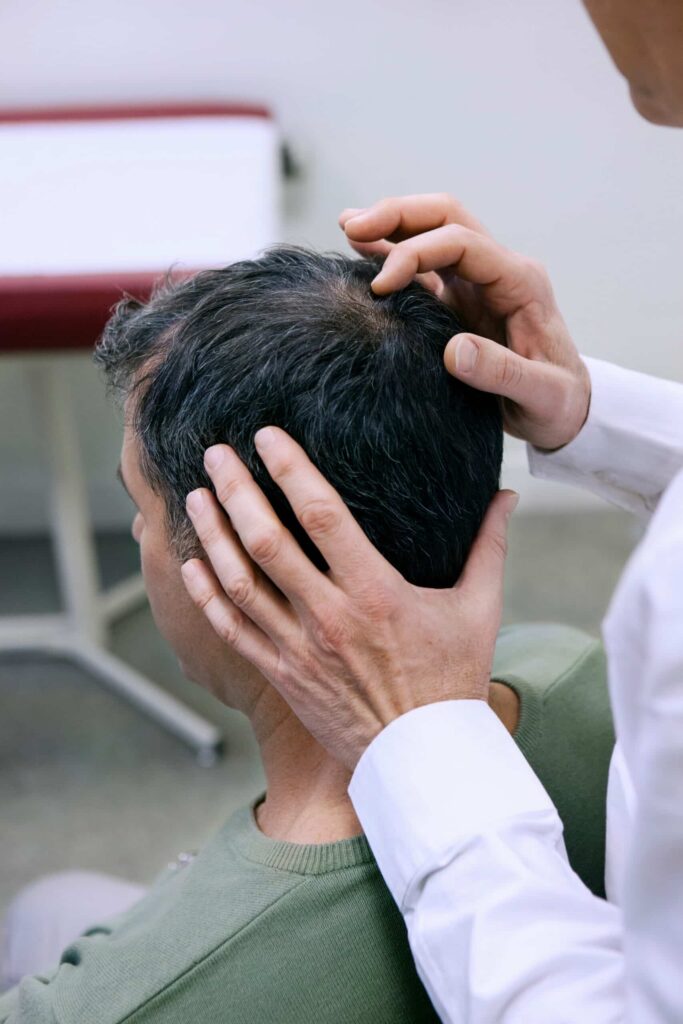
Stress-Induced Hair Loss: Symptoms and Treatments
Stress-Induced Hair Loss: Symptoms and Treatments People can experience hair loss for a variety of different reasons. Thinning hair can be attributed to genetics, diet, disease, and even stress. Since stress is such a common element in our lives, it’s











